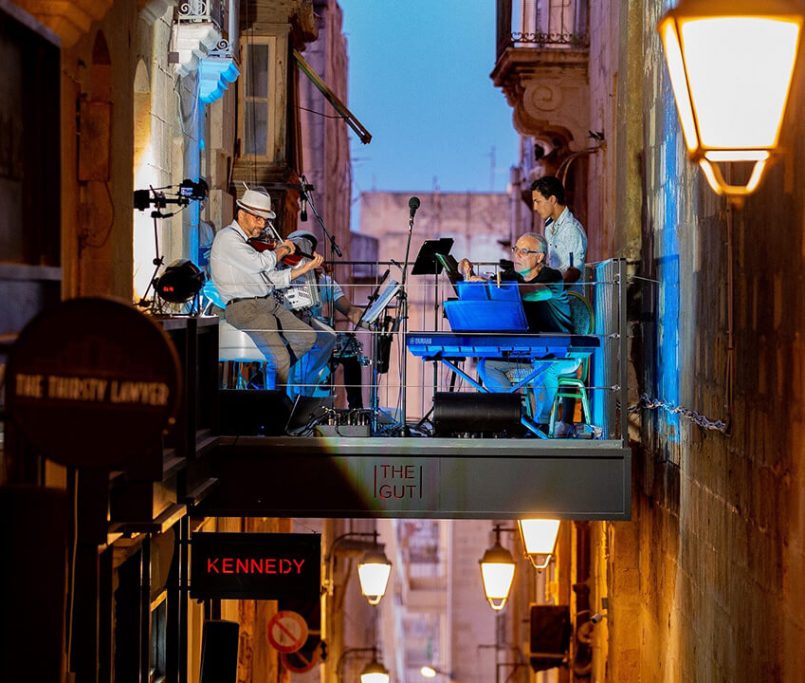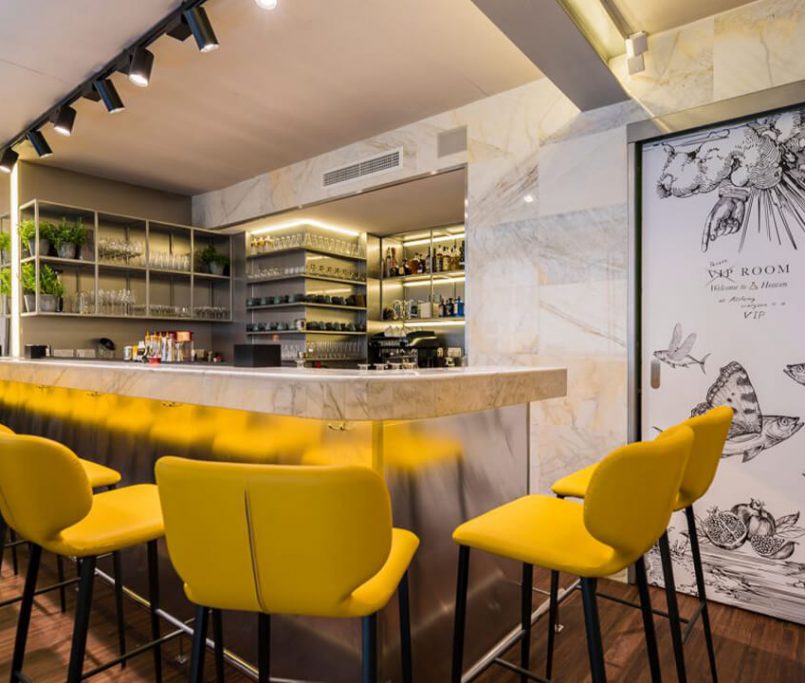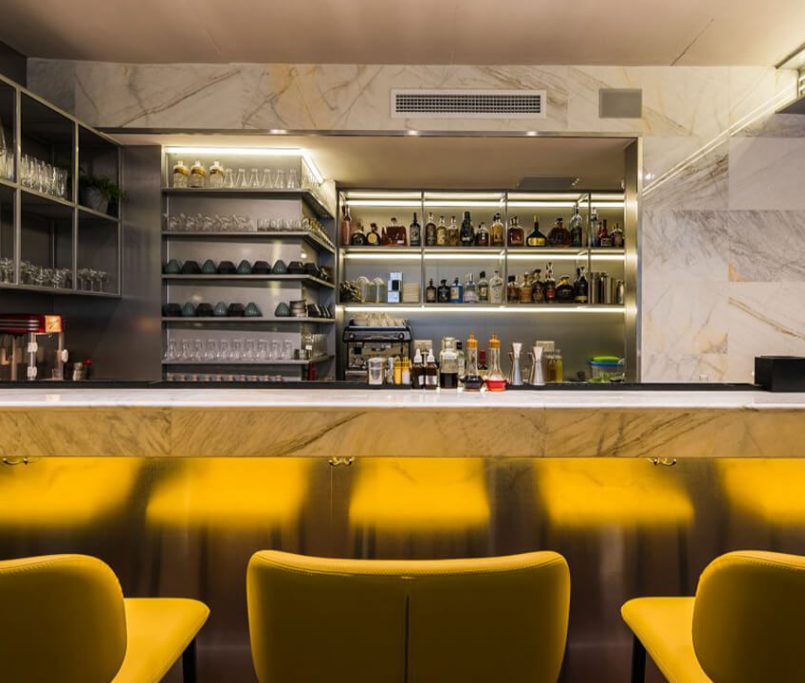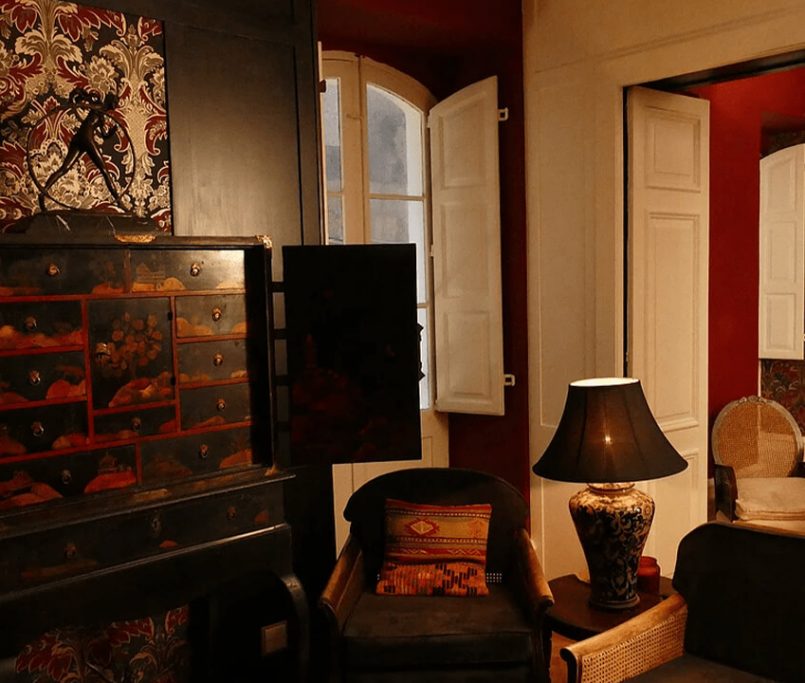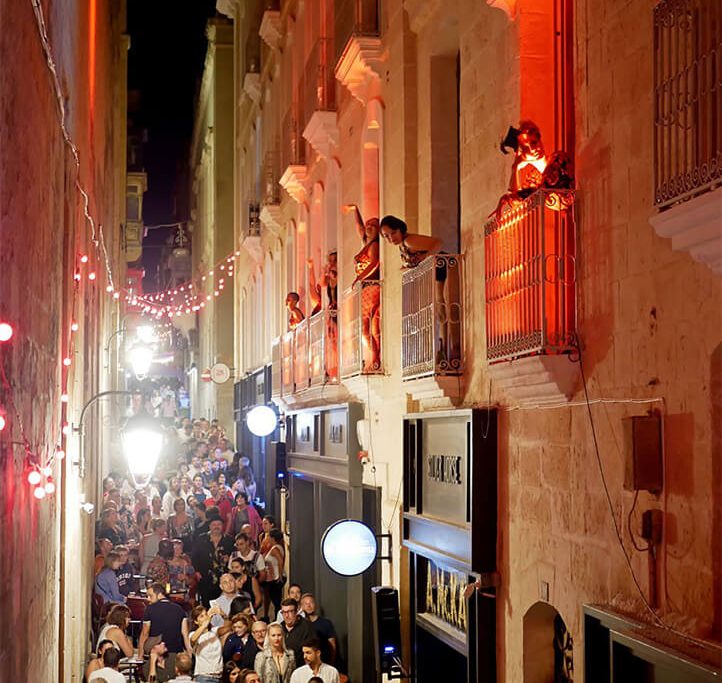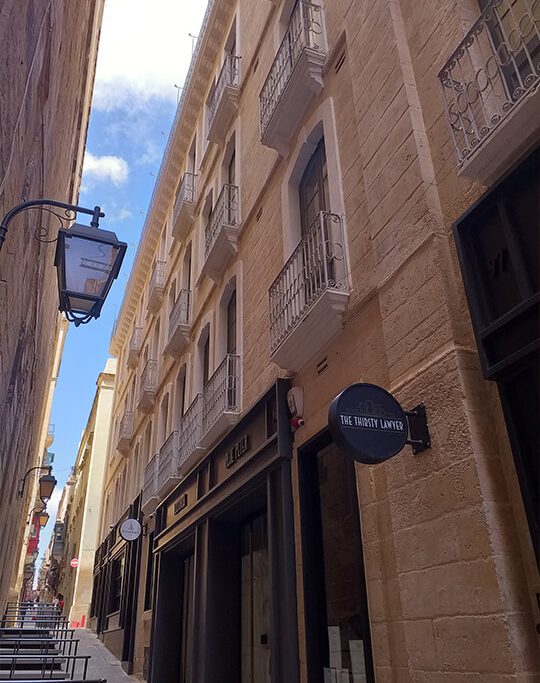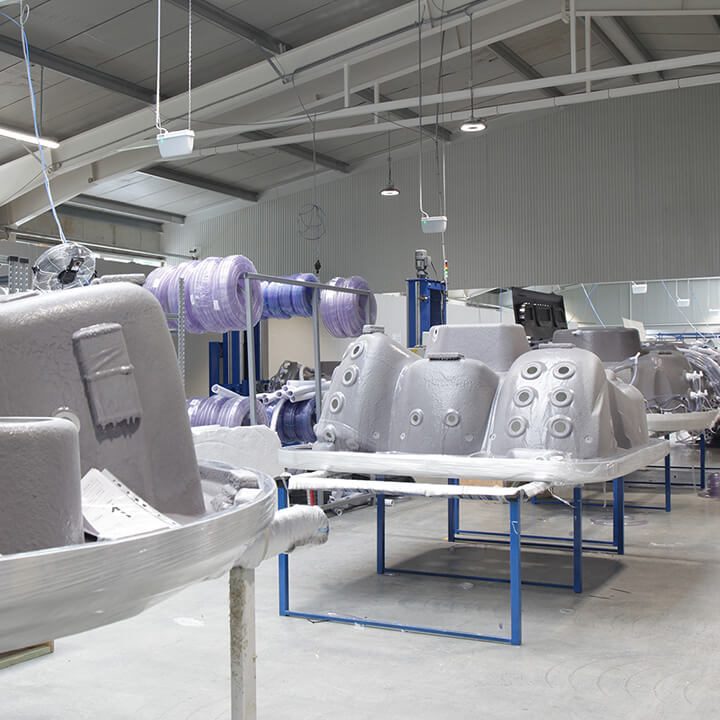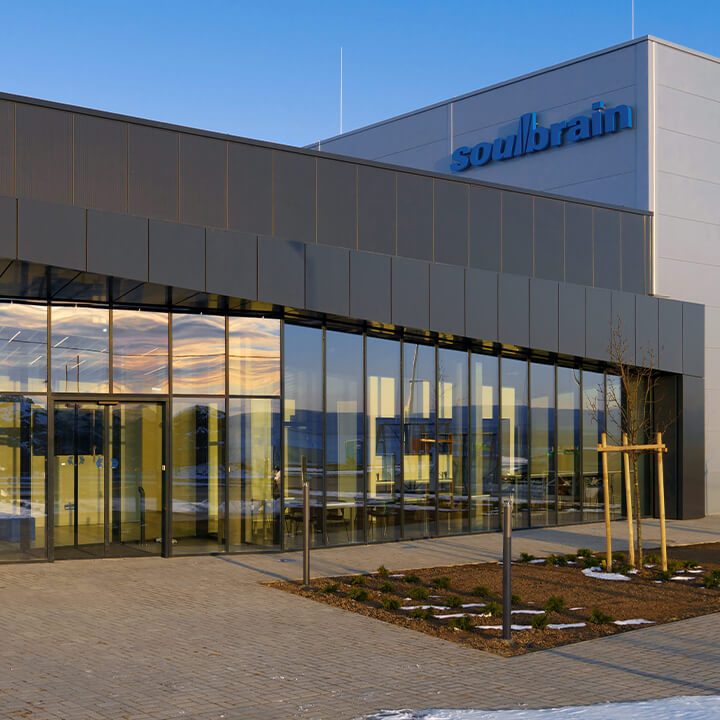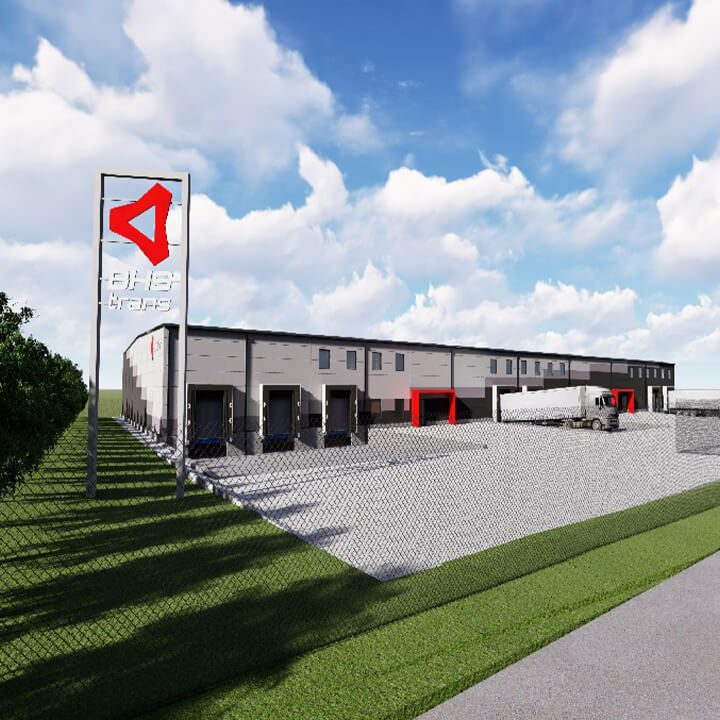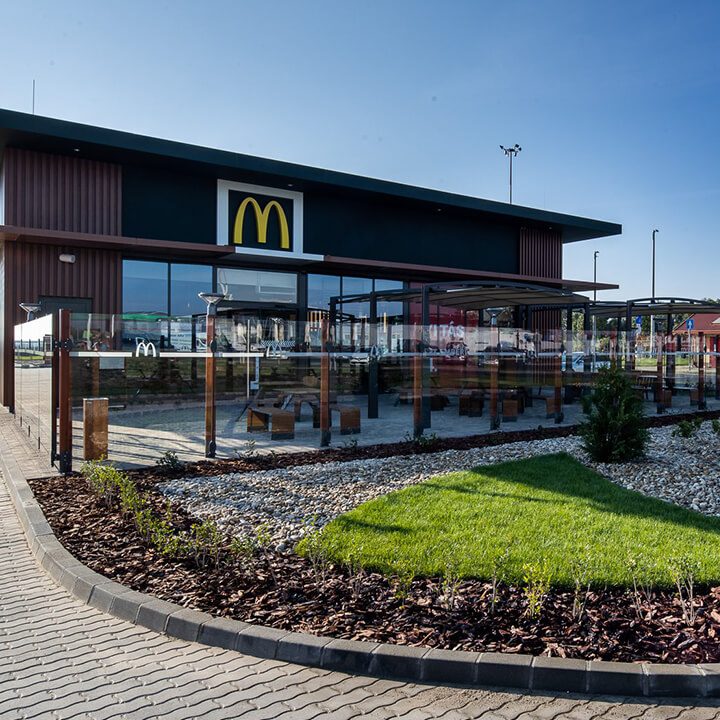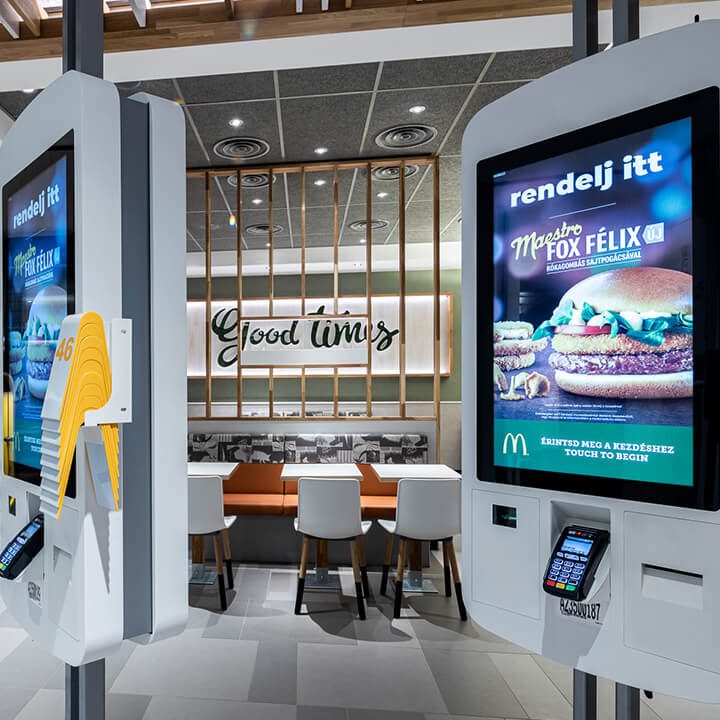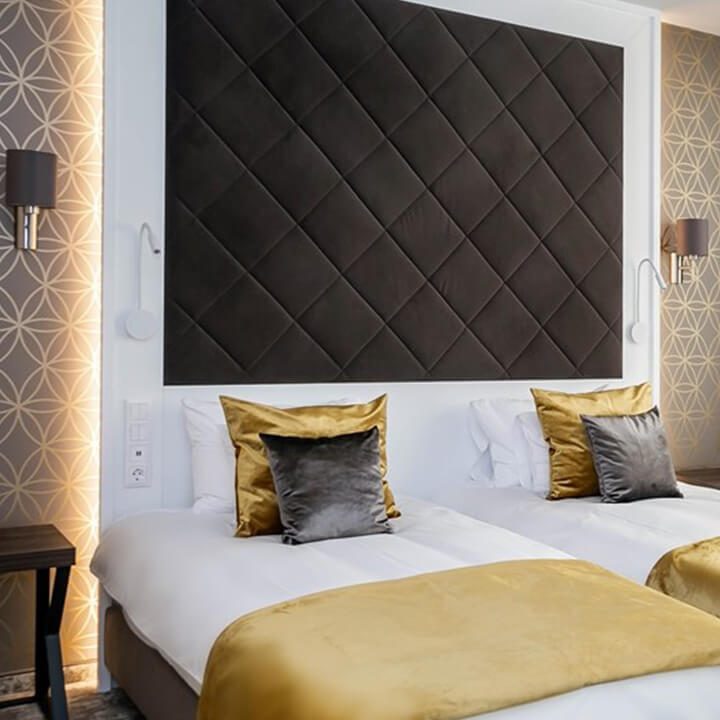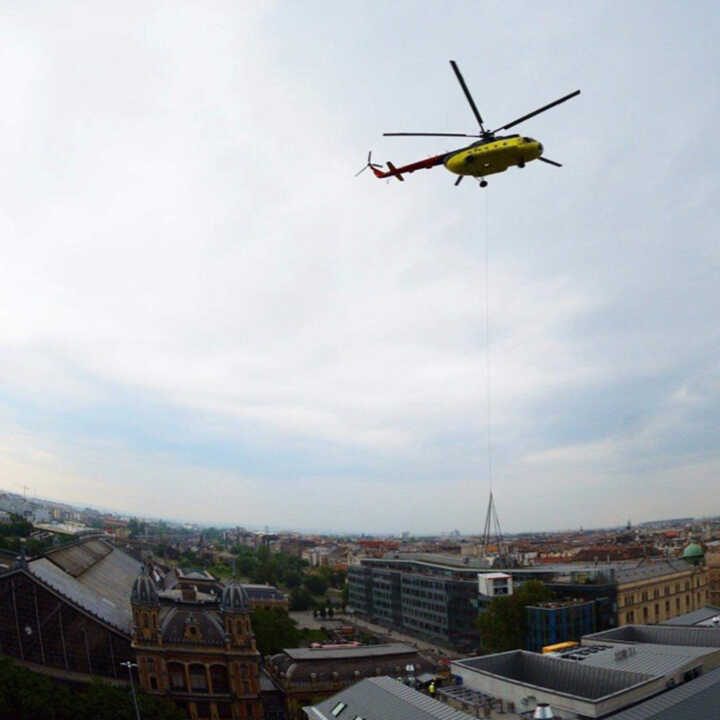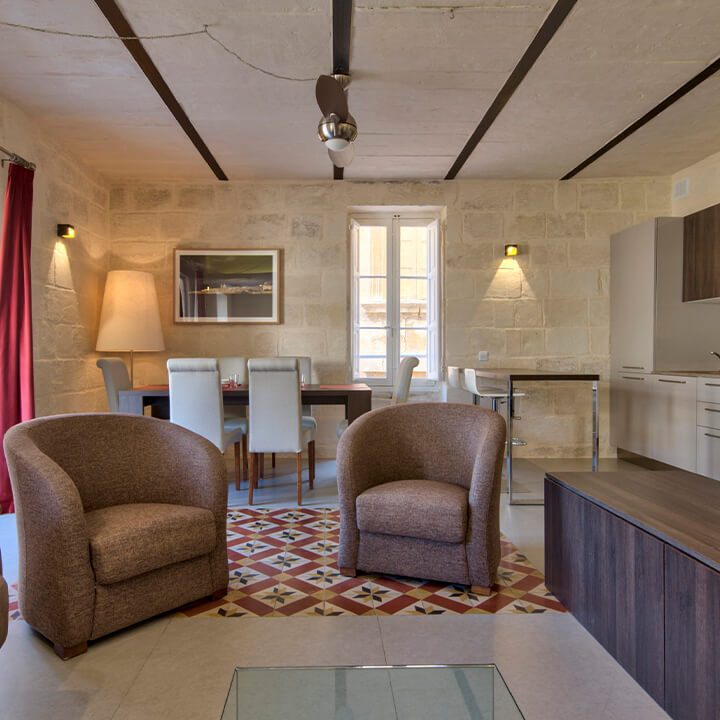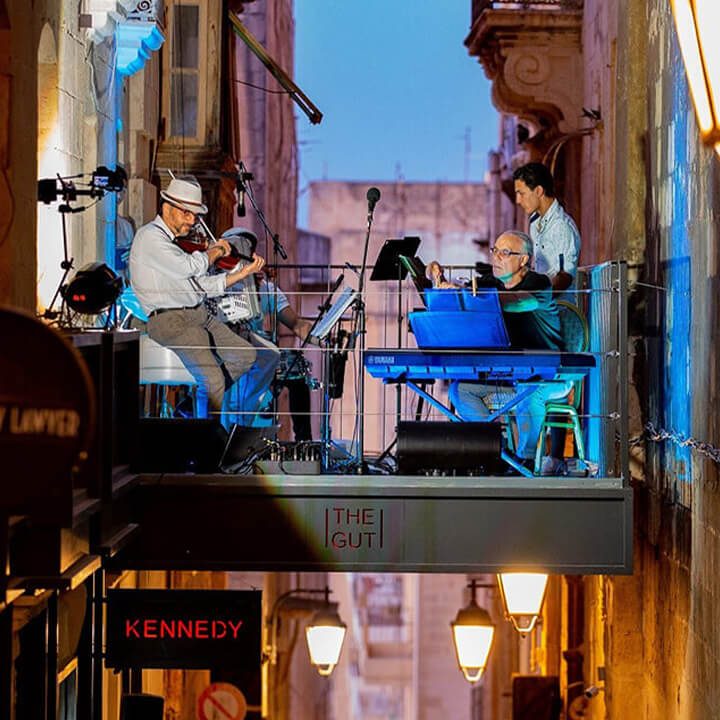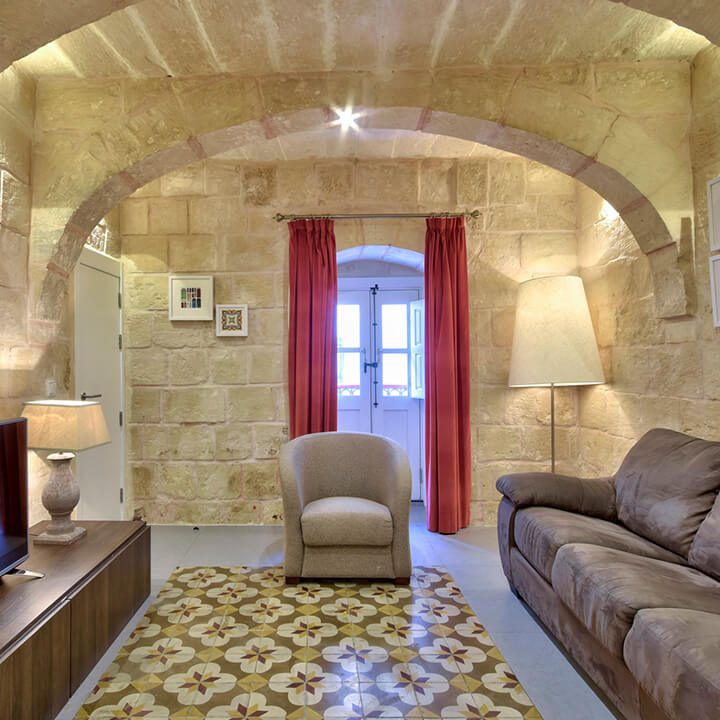“The Silver Horse” Projekt – VBL Group, Málta
A
VBL Group megvásárolta 2013-ban Valletta legnagyobb magántulajdonban lévő épületét. A St. Christopher és a Strait utca sarkán elhelyezkedő 7 emeletes épület megerősítette a csoport pozícióját Valletta vezető ingatlanbefektetőjeként.
Az „Ezüst Ló Projektnek” elnevezett első fázis magában foglalta az épület alagsori, földszinti és első emeleti szintjének átalakítását a Strait utca felőli oldalon.
Valletta sztárépítészének, Chris Briffának köszönhetően elindítottuk a The Gut projektet, amely újraélesztette 50 feledésbe merült év után Silver Horse, Blue Peter és James Bond közismert találkozóhelyének, a Strait utca legsötétebb, legfeslettebb részének, Valletta régi vörös lámpás negyedének történetét. A The Gut egy csúcskategóriás étterem és bárközpont, amely 9 üzlethelyiségből áll, ahol a fine dining, a zene, a színház, a kabaré, a tánc és az építészet három dimenzióban egy egésszé állnak össze csupán két fal között.
“A VBL-nél eltöltött idő alatt maximálisan elégedett voltam Dávid munkájának színvonalával, rugalmasságával, precízségével és pontosságával amellyel a vállalat projektjeit kezelte. A munkaviszony első napjától kezdve David csak arra törekedett, hogy felettesei elvárásait teljesítse, és a meghatározott szabványok és határidők maximális betartásával hajtsa végre a projekteket. Dávid emellett a végsőkig tisztességes ember, kellemes társaság, aki példásan vezeti csapatát. Magabiztosan tudom ajánlani bárkinek az építőipari szektorban, és remélem, hogy a jövőben még fogunk együtt dolgozni.”
Dr. Andrei Intbroll
architect:
project type:
Terms:
client:
Strategy:
date:
A "The Silver Horse" Projekt Végeredménye Képekben
Design in Details
In design, we bring characteristics of the natural world into built spaces, such as water, greenery, and natural light, or elements like wood and stone. Encouraging the use of natural systems and processes in design allows for exposure to nature, and in turn, these design approaches improve health and wellbeing. There are a number of possible benefits, including reduced heart rate variability and pulse rates, decreased blood pressure, and increased activity in our nervous systems, to name a few.
Over time, our connections to the natural world diverged in parallel with technological developments. Advances in the 19th and 20th centuries fundamentally changed how people interact with nature. Sheltered from the elements, we spent more and more time indoors. Today, the majority of people spend almost 80-90% of their time indoors, moving between their homes and workplaces. As interior designers embrace biophilia.
[30m2]
bedroom
[22m2]
bathroom
[28m2]
workspace
[15m2]
kitchen area
Incredible Result
Establishing multi-sensory experiences, we can design interiors that resonate across ages and demographics. These rooms and spaces connects us to nature as a proven way to inspire us, boost our productivity, and create greater well-being. Beyond these benefits, by reducing stress and enhancing creativity, we can also expedite healing. In our increasingly urbanized cities, biophilia advocates a more humanistic approach to design. The result is biophilic interiors that celebrate how we live, work and learn with nature. The term translates to ‘the love of living things’ in ancient Greek (philia = the love of / inclination towards), and was used by German-born American psychoanalyst Erich Fromm in The Anatomy of Human Destru ctiveness (1973).









